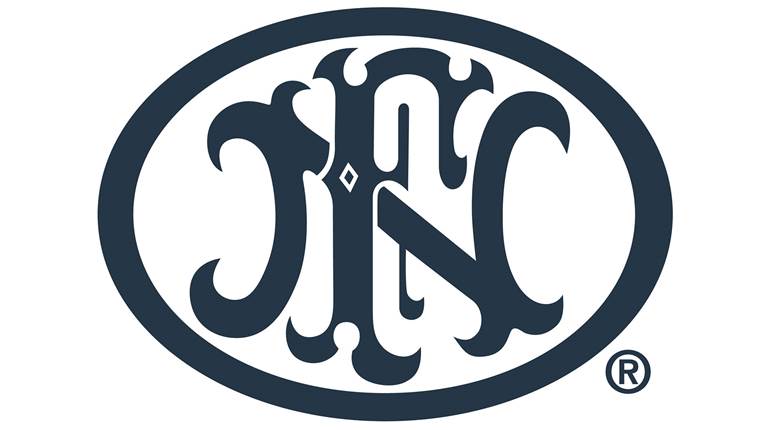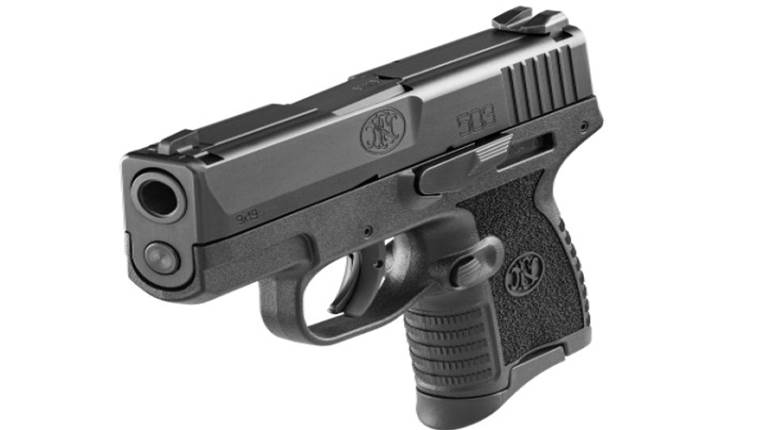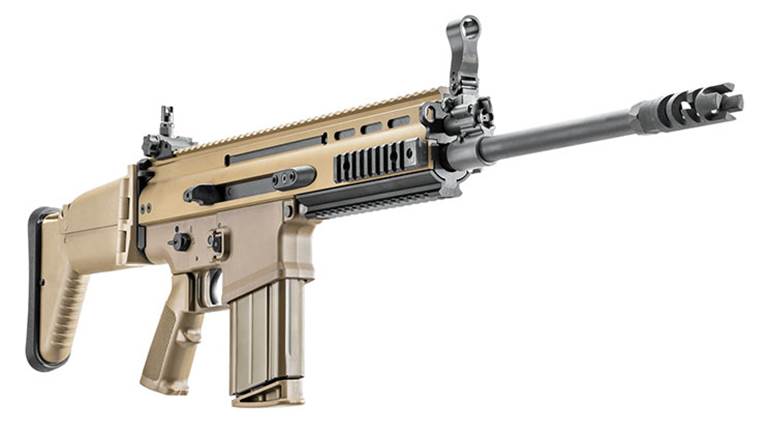
D-Day and the subsequent Allied advance gave renewed hope to the European continent. Four years of Nazi occupation and oppression were nearing the end, and resistance groups grew more active in hope of speeding up liberation. The clandestine press in Belgium fervently updated Allied progress, and at Fabrique Nationale d'Armes de Guerre in Herstal, Belgium, work disruptions were a daily occurrence.
The writing was on the wall for the German directors who had run the factory since the Nazi occupation began. Machinery and select parts were shipped eastward to Germany, but when orders came to ship Browning pistol parts and relocate pistol manufacturing, the German directors properly assessed that it was too late to take any action and these were left behind.
The timing had a significant impact on FN’s post liberation recovery. Days before the arrival of American 3rd Armored Division arrived in Liège, the German directors and some Belgian collaborators fled. Fabrique Nationale’s workers—including slave laborers from Eastern Europe—were left without direction, and they decided to continue production and supply the resistance groups entrenched in FN’s workforce. The eventual idea was to supply new arms to the advancing Allies and Free Belgian Forces.
Reconnaissance patrols of the 3rd Armored Division reached the gates of FN, and they entered with caution as it was obvious that there was activity—enough to that the G.I.s believed that the Germans were still present. Instead of Germans, they found FN’s eager workers wanting to help the war effort. But the local population had no concept of how well fed and equipped American soldiers were. The idea of supplying pistols to the advancing Allies soon appeared paltry.
American soldiers learned of the large arms manufacturer, though, and FN quickly became a tourist attraction for servicemen. Flush with cash, many soldiers wanted to buy souvenirs—especially pistol models used by the Germans. In not time, G.I.s were lining up to buy FN Browning Model 1922 and High Power pistols. Some even believed FN workers were stamping the “Browning” name on guns just to make the pistols more appealing—not realizing these were genuine Browning designs. 
All FN Deluxe rifles were roll-engraved with the elaborate FN logo on the receiver ring.
The flow of servicemen through the company continued, and the influx of currency became critical to restarting FN. Most G.I.s purchased one or two pistols, but some saw them as commodities and purchased 10 or more. Inquiries for other types of guns were common, and some officers even ordered shotguns, such the Browning Auto-5 and the Superposed. The latter were not in production, but FN accommodated the visiting customers by assembling guns from leftover prewar parts.
While some inquired about shotguns, many asked about “deer rifles” a term with which FN employees were unfamiliar. Hunting larger game with powerful rifles was not common in Belgium, and FN had not produced a large caliber sporting rifle in a long time. These repeated requests had a lasting impression on FN’s management, who were restarting production in a dismal post-liberation economy.


The only customers with real spending power were U.S. soldiers and foreign export markets untouched by war. Consequently, FN’s management decided to produce a Mauser sporting rifle that could be sold to U.S. soldiers and offered throughout the PX system in Europe. The first rifles were made in 1946. The FN Deluxe was beautifully made and finished, as FN made certain that the quality stood out. All were chambered in 30-’06 Sprg. The “thirty-aught-six” designation, especially the “aught-six” pronunciation, confused many at FN as the cartridge was virtually unknown outside of the United States. Fabrique Nationale marked the early guns as .30 EU (for Etats Unis, French for United States). More recently, the marking has confused many collectors who often misinterpret the abbreviation as “.30 European Union.”
Returning servicemen made inquiries in the United States about the FN rifles they had seen in Europe. It did not take long for the U.S. importer and distributor, Firearms International (FI), to notice the excellent craftsmanship of the FN Mauser rifles. Located in Washington, D.C., FI started inquiring with FN as early as 1947. Europe was still in shambles, and FN gladly worked with the American distributor to produce and export the rifles. Before orders were placed, though, FI made several requests to improve the rifles’ appeal to U.S. consumers. The receiver was modified, and remnants of the military stripper clip guide were eliminated. The confusing “30 E.U.” marking was changed to “30.06,” and FI wanted to capitalize on the quality of Belgian steel, so the barrels were marked “Chrome Vanadium Steel.” Firearms International also ordered rifles without rear sights and installed precision sights before selling them. These changes led FI to claim it had developed the rifle with the collaboration of several noted firearms writers. The production changes were, in fact minimal, and the whole campaign was really nothing more than marketing. It worked, though, and FI sold the FN Mauser successfully in the United States from 1948 well into the 1970s. Through the years, FI expanded its chamberings to include .270 Win., .257 Roberts, .250-3000 Savage, 300 Savage, 220 Swift and 7x57mm Mauser. In order to further diversify its offerings, FI alos commissioned engraving upgrades. 
Original FN assembled and finished rifles can easily be identified by the factory stock. All had an FN logo on the butt-plate and the checkering was finished with a pearl edge design. The lack of these stock features indicates that a rifle was assembled and completed in the United States.
While FI was successful selling complete rifles, it properly assessed the need to sell barreled actions to gunsmiths and other manufacturers. Starting in 1952, the company expanded to include barreled actions in various calibers, including magnum calibers and other options. This allowed gunsmiths nationwide to build their own rifles, but this approach was not limited to small enterprises, FI brokered the sale of thousands of FN barreled actions to other manufacturers like Harrington & Richardson. So many barreled actions were sold that there are more aftermarket assembled rifles than FN completed rifles in the United States. Firearms International’s was so successful, it drew the attention from Browning, which started importation of the sporting FN Mauser, selling it under the Browning name. But that’s another story.
Source: FN Mauser Rifles, Arming Belgium and the World by Anthony Vanderlinden





































